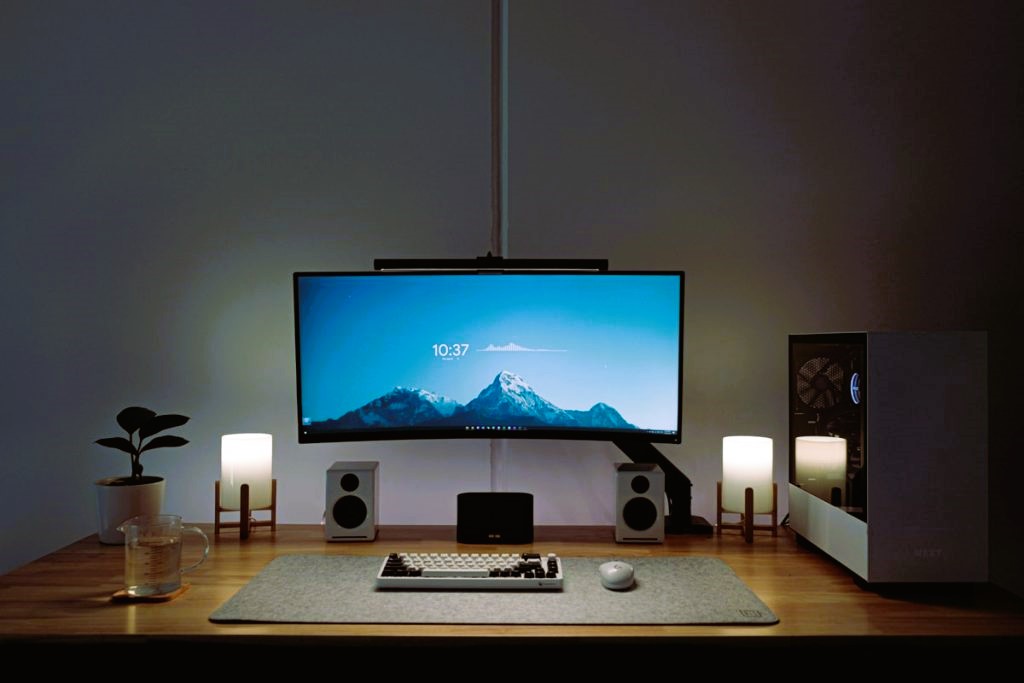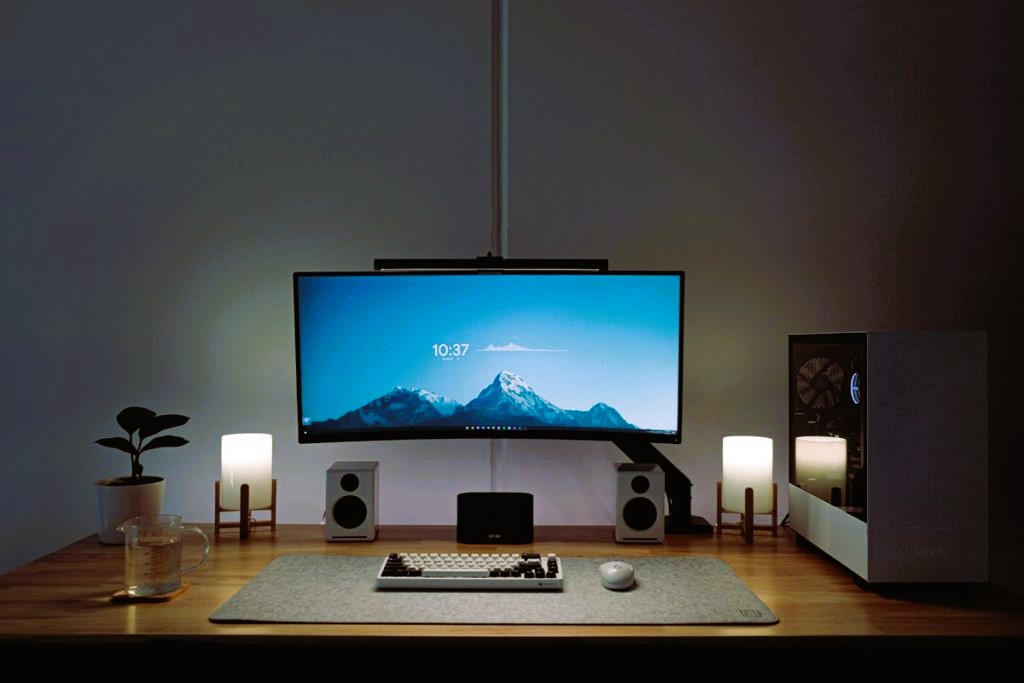Creating an ideal gaming setup is crucial for enhancing your gaming experience, boosting performance, and ensuring comfort during long sessions. Whether you’re a casual gamer or a competitive player, optimizing your workspace can help prevent fatigue and discomfort while maximizing your enjoyment. Here’s how to design a productive gaming zone that supports your needs.
1. Choosing the Right Location
The first step is selecting the perfect location for your gaming area. Aim for a quiet, distraction-free spot with proper lighting and temperature control. Avoid direct sunlight to prevent glare on your screen and ensure the space is comfortable for extended gaming sessions.
Why It Works: A dedicated, quiet location helps you stay focused and avoid distractions. Proper lighting and temperature control will keep you comfortable and prevent eye strain or fatigue.
2. Ergonomic Chair and Desk
An ergonomic chair and desk are essential for preventing discomfort and improving posture. Your chair should provide support for your back and arms, with adjustability for the perfect fit. Your desk should be large enough for your gaming equipment, with the right height to keep your arms at a 90-degree angle when using the keyboard and mouse.
Why It Works: A good ergonomic setup reduces the risk of back, neck, and wrist pain during long gaming sessions, ensuring comfort and efficiency. Did you like the article? Read also about The Psychology of Winning.
3. Monitor Placement and Size
Position your monitor at eye level to reduce neck strain and discomfort. The ideal distance from your eyes is 20-30 inches, with the top of the screen just below eye level. A monitor size of 24-32 inches is typically optimal, providing clear visibility without straining your eyes.
Why It Works: Proper monitor placement minimizes neck strain and ensures you’re always viewing the screen at a comfortable angle.
4. Lighting and Ambient Setup
Good lighting is key to preventing eye strain and creating a relaxing atmosphere. Use indirect lighting sources to avoid glare on the screen, and add ambient lighting, like LED strip lights, to create a more immersive experience. Make sure the room isn’t too dark, as this can lead to eye fatigue.
Why It Works: Proper lighting reduces eye strain and enhances visibility, making it easier to focus on the game.
5. Cable Management

Keeping your gaming space tidy and organized is essential for both aesthetics and functionality. Use cable management tools like clips, ties, or trays to keep cables under control. If possible, use wireless peripherals to reduce clutter.
Why It Works: Proper cable management creates a cleaner, more organized setup, reducing distractions and ensuring you have more space to focus on the game.
6. Sound and Audio Setup
Quality sound enhances the gaming experience. Invest in good headphones or speakers, depending on your preferences. Noise-canceling headphones are ideal for blocking out background noise, while speakers can provide a more immersive audio experience.
Why It Works: High-quality sound helps you immerse yourself in the game and ensures you don’t miss any important in-game cues.
7. Personalization and Aesthetics
Finally, personalize your gaming zone with items that make it feel like your own. Add posters, figurines, or RGB lighting to match your style and make the space more enjoyable.
Why It Works: A personalized setup boosts motivation and makes your gaming space more enjoyable, helping you stay immersed in your games.
Optimizing your gaming workspace is about more than just buying the latest tech. It’s about creating an environment that supports your physical comfort, enhances your performance, and boosts your overall gaming experience. With the right equipment, lighting, and organization, you’ll be able to enjoy long sessions without discomfort or distraction.
For more information on creating ergonomic workspaces, check out Wikipedia on Ergonomics.
Happy gaming!



